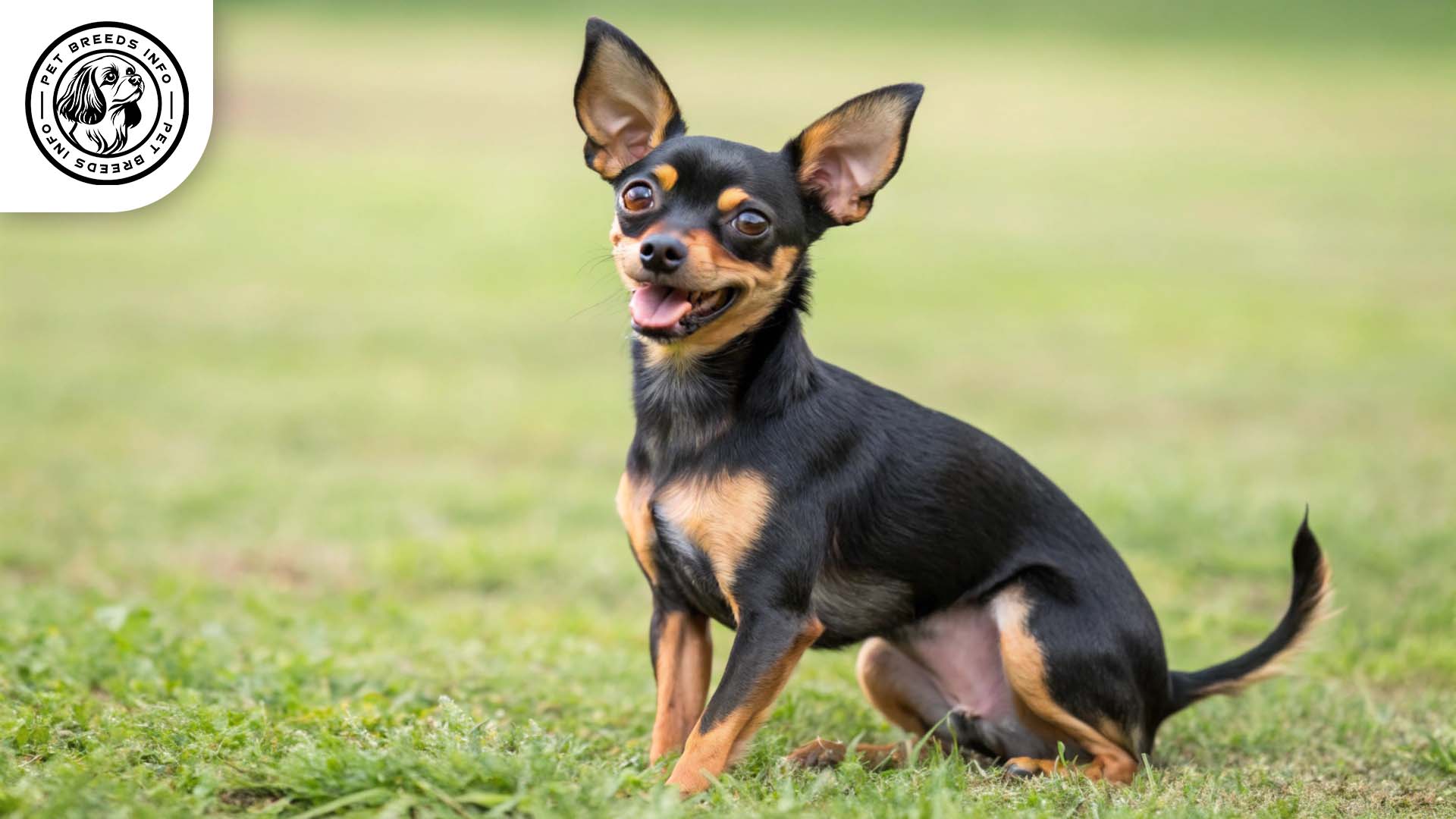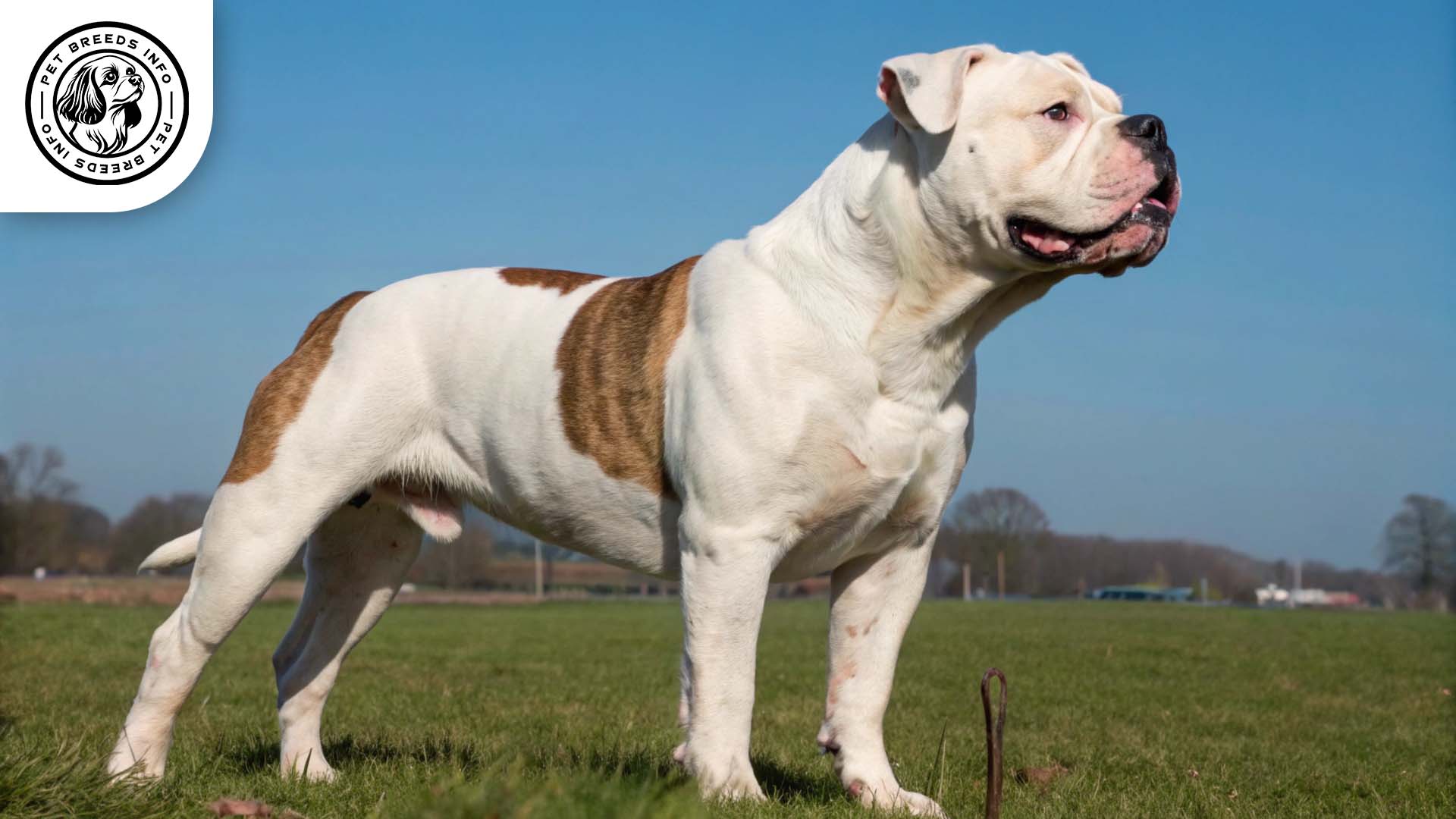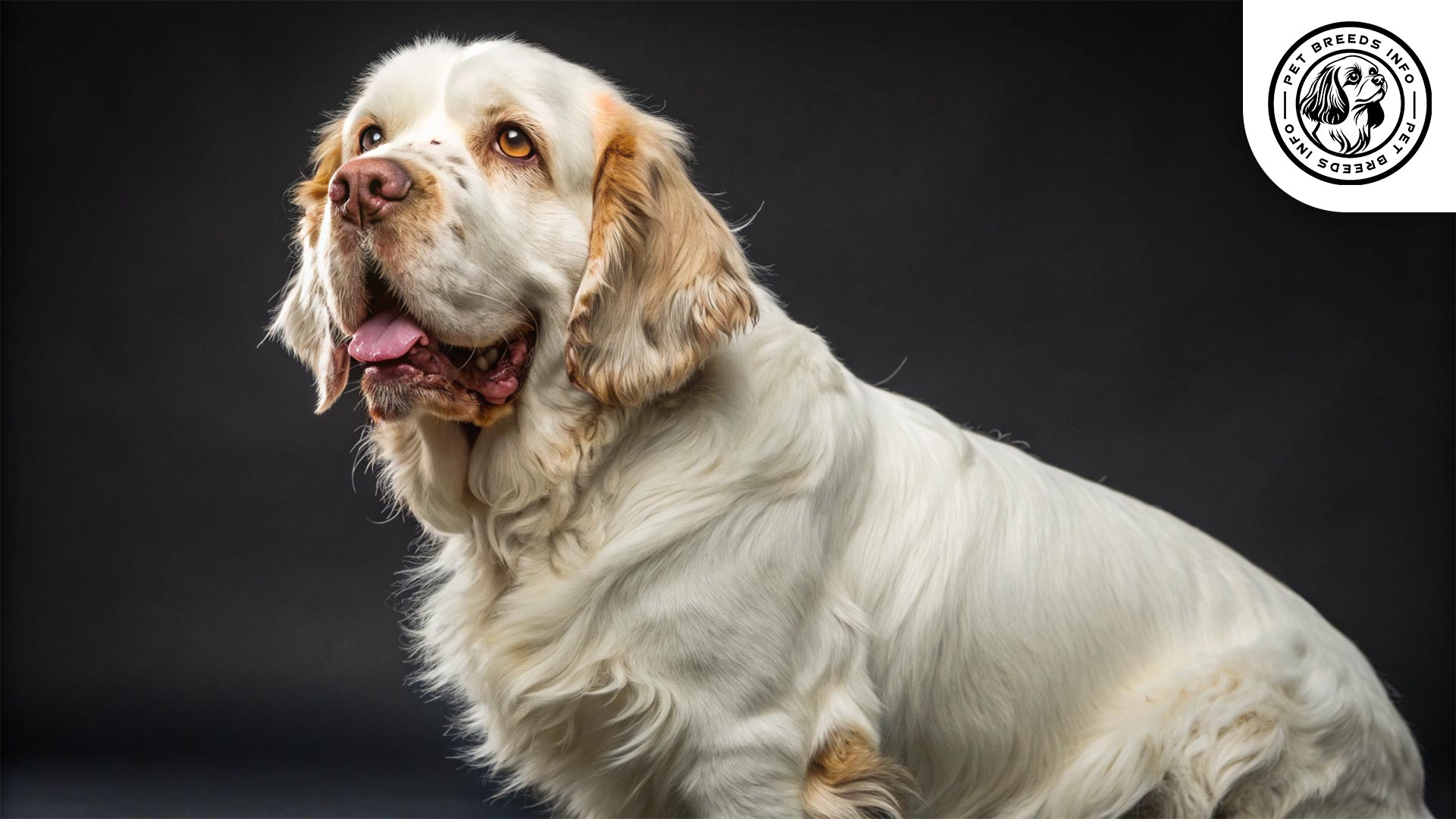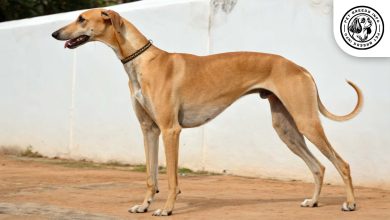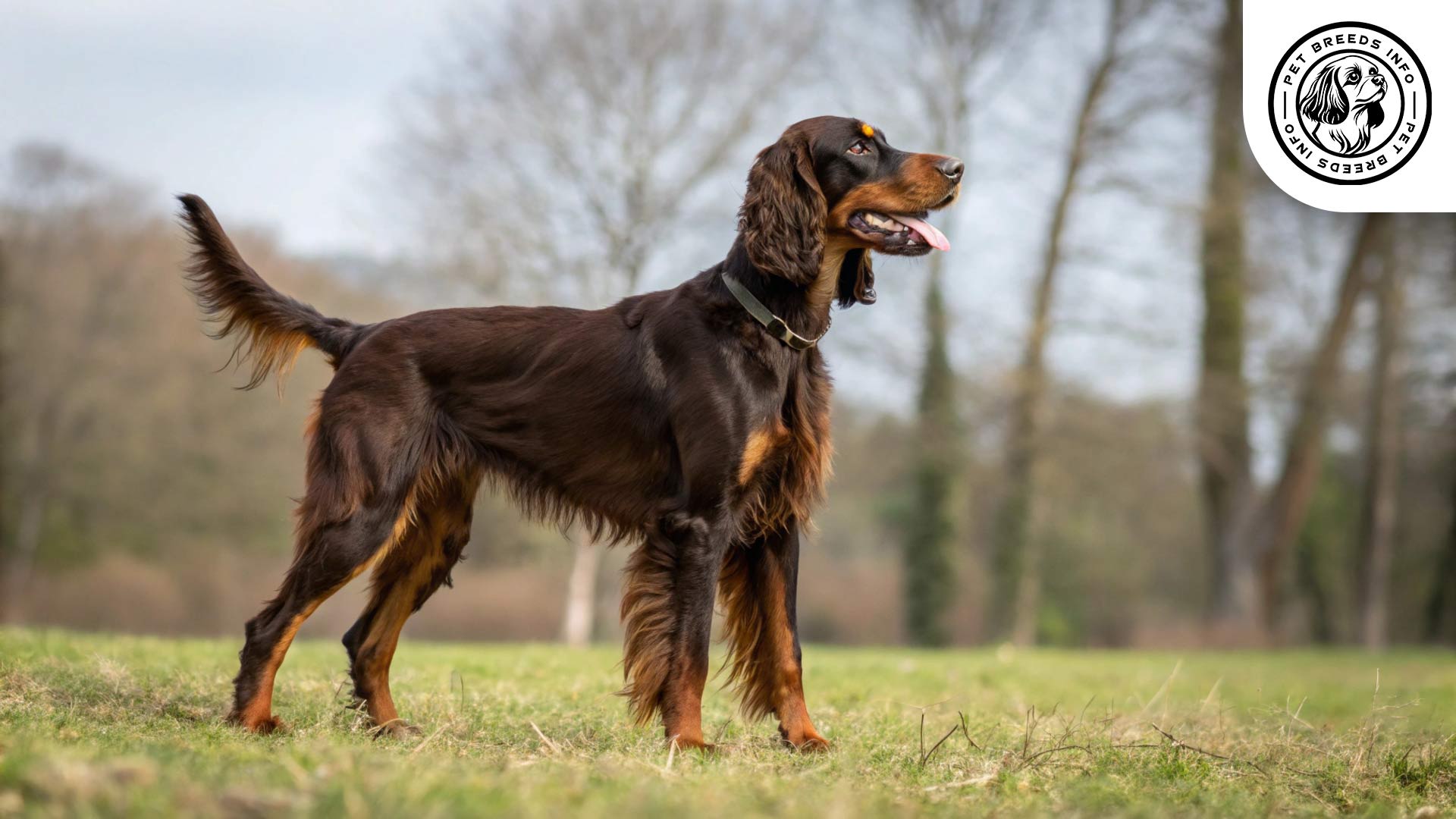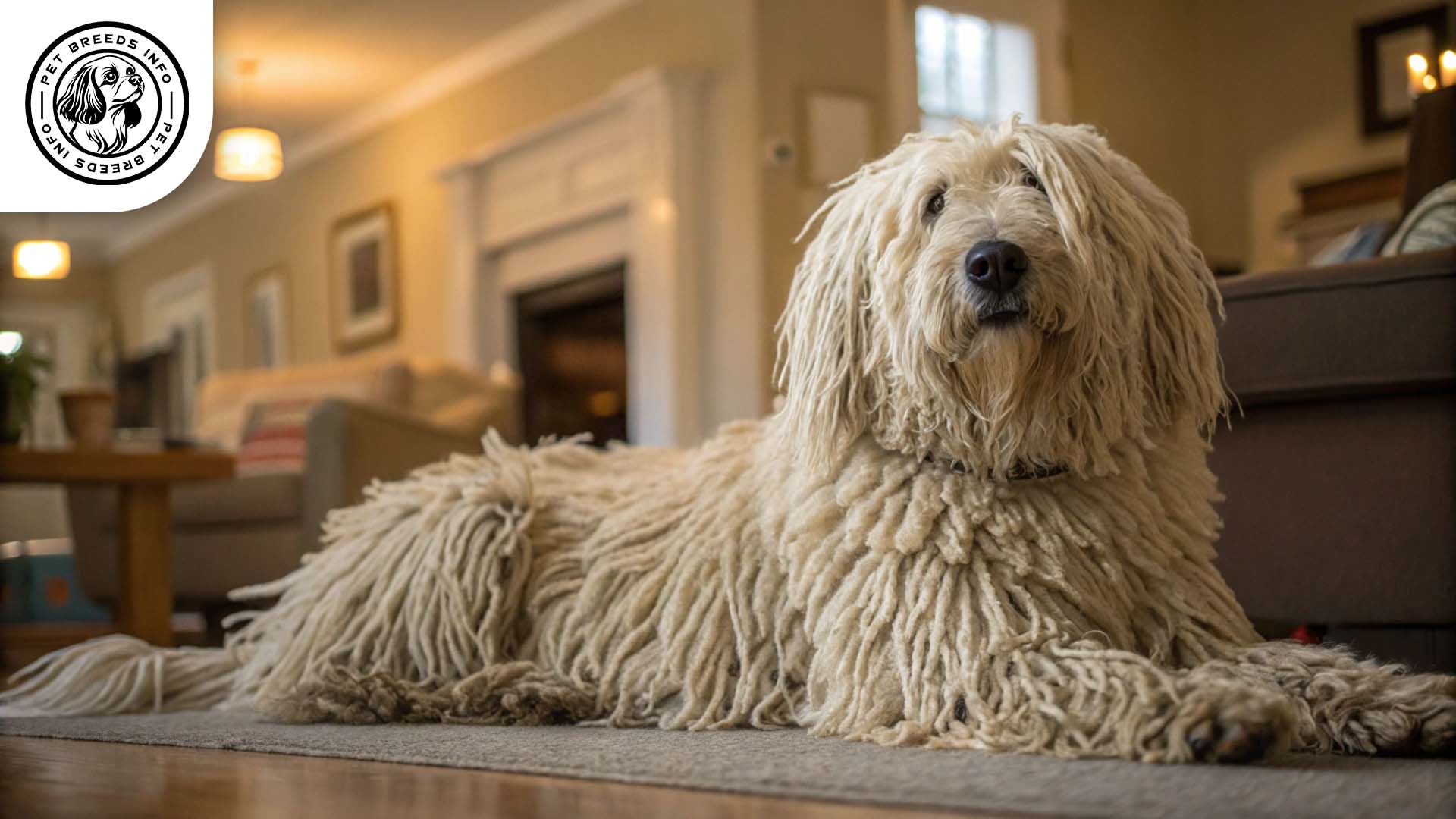Russian Toy Terrier Dog Breed: Size, Price & Personality
General Introduction of the Breed
The Russian Toy Terrier, also known simply as the Russian Toy, is a small and elegant dog breed that originated in Russia. In Russian, it is called “Русский той” (Russkiy Toy). Historically, this breed was developed from English Toy Terriers, which were popular among Russian nobility in the 18th and 19th centuries. It was officially recognized as a separate breed in the 20th century and has since gained popularity as a delightful companion dog.
Table of Contents
| Weight | 1.5-3 kg (3-6.5 lbs) |
| Lifespan | 12-15 years |
| Diet | High-quality dry kibble, wet food, or raw diet with small, frequent meals |
| Care | Daily exercise, occasional brushing (depends on coat), sensitive to cold |
| Health | Prone to patellar luxation, dental issues, and fragile bones |
| Color | Black and tan, chocolate and tan, blue and tan, red |
| Nature | Intelligent, affectionate, energetic, social |
| Price | $1,000 – $3,500 |
Physical Characteristics
The Russian Toy Terrier is a small dog with a fine-boned and slender physique. Males and females typically stand between 20-28 cm (8-11 inches) tall at the shoulder and weigh between 1.5-3 kg (3-6.5 lbs). The breed comes in two coat varieties: smooth-haired and long-haired. Common coat colors include black and tan, chocolate and tan, blue and tan, and red in various shades. The Russian Toy’s eyes are large, round, and dark, giving them an expressive look. Their ears are large, set high, and usually stand erect, particularly in the long-haired variety where they have feathered fur. The tail is traditionally long, but in some countries, it is docked. The overall appearance of the breed is elegant, delicate, and well-proportioned.

Personality and Temperament
The Russian Toy is highly intelligent and learns quickly, making training relatively easy. It is an energetic and playful breed that thrives on activity and interaction. This breed is highly affectionate and forms strong bonds with its owners, often becoming very attached to a single person. Russian Toys are friendly and social, though they can be a bit reserved around strangers. They generally get along well with children and other pets if properly socialized. Despite their small size, they have a lively and confident nature, sometimes showing a bold or spirited attitude. Due to their sensitivity, they can be easily affected by changes in their environment or routine.
Care and Maintenance Requirements
Despite their small size, Russian Toys require daily exercise in the form of short walks or playtime. They are well-suited to apartment living but still need mental and physical stimulation. Grooming requirements vary based on coat type. Smooth-haired Russian Toys need occasional brushing, while the long-haired variety requires more regular brushing to prevent tangles. Shedding is minimal. They are sensitive to cold weather due to their fine coat and may need protective clothing during colder months. Hygiene practices such as regular nail trimming, dental care, ear cleaning, and occasional bathing help maintain their overall health.
Read More: Dutch Smoushond Dog
Diet and Nutrition
The Russian Toy Terrier does well on a balanced diet consisting of high-quality dry kibble, wet food, or a raw diet with appropriate nutrients. They require small but frequent meals due to their fast metabolism. Foods to avoid include chocolate, onions, garlic, grapes, and excessive fatty foods. Portion control is crucial to prevent obesity, and typically, two to three meals per day are recommended.
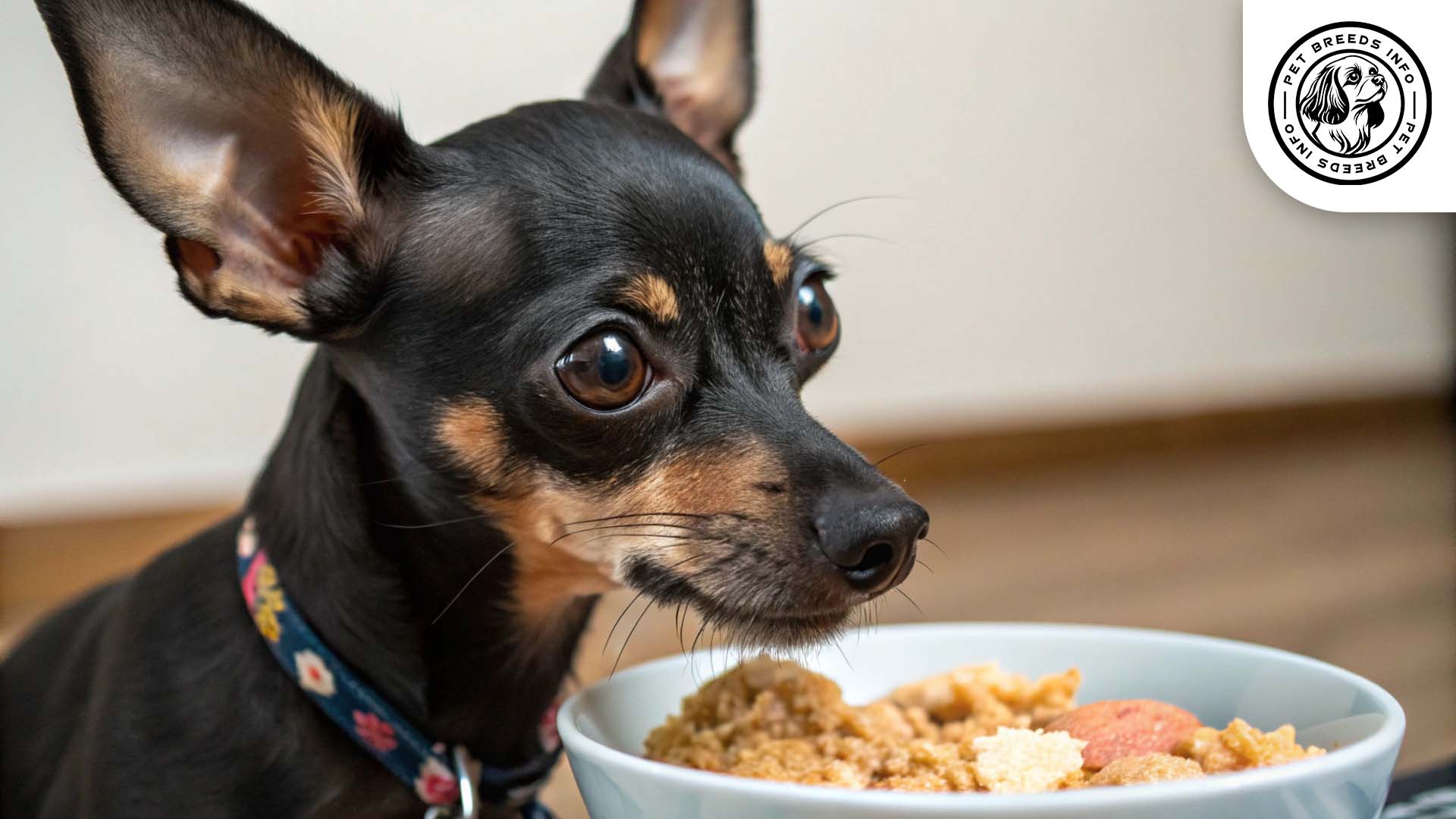
Health and Common Medical Issues
Russian Toy Terriers are generally healthy dogs but are prone to some genetic conditions such as patellar luxation, dental issues, and fragile bones. They may also experience sensitivities to anesthesia due to their small size. The average lifespan of the breed ranges between 12-15 years. Routine vaccinations, parasite prevention, and regular veterinary check-ups ensure a long and healthy life.
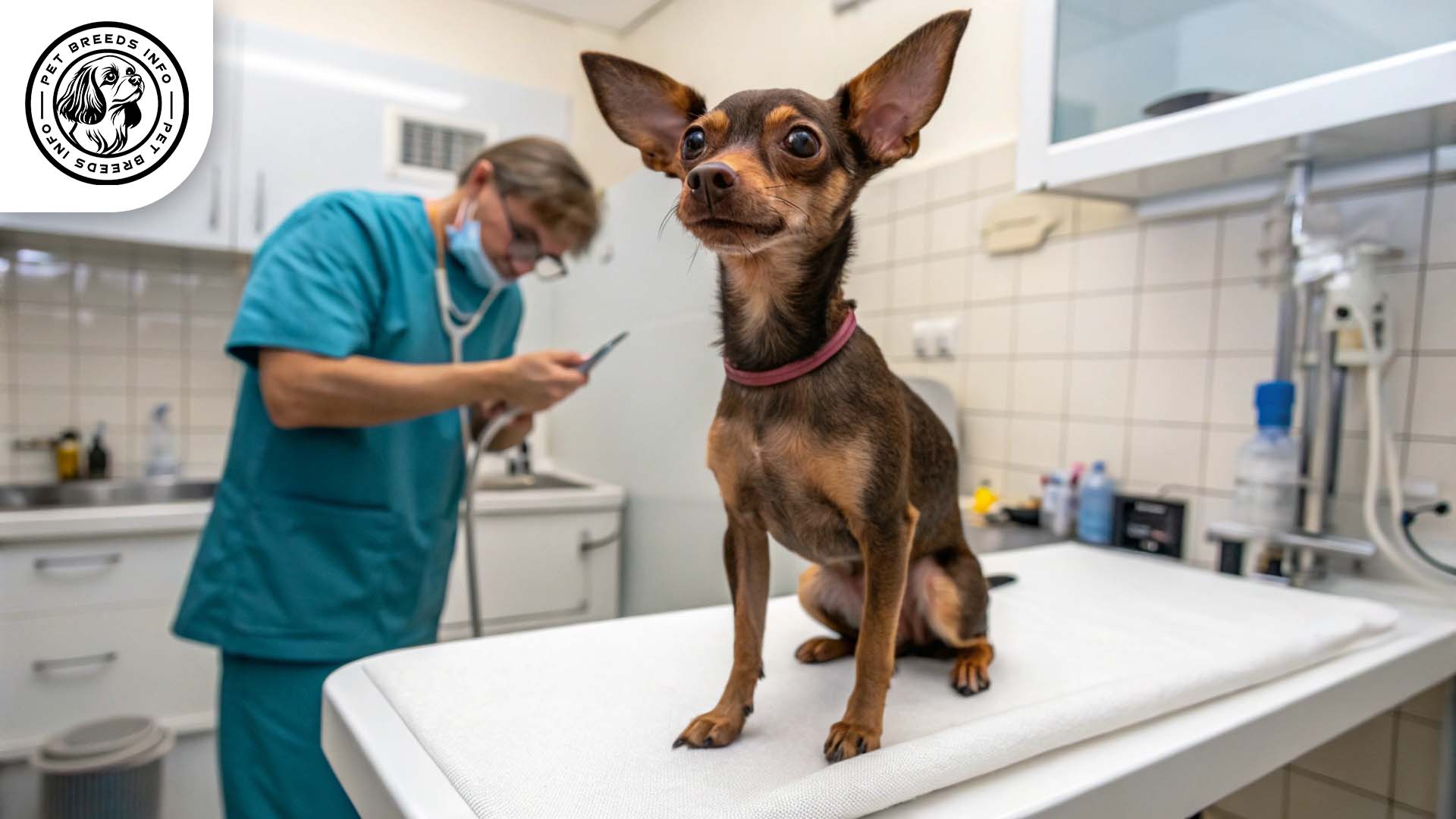
Training and Behavior Management
This breed is eager to please and responds well to positive reinforcement training. Early socialization and obedience training are essential for developing a well-mannered dog. Due to their attachment to owners, separation anxiety can be an issue if not properly managed from an early age. Gentle but consistent training ensures good behavior, and play-based training methods work well for keeping them engaged.
Read More: Blue Heeler Dog
Interaction with Other Animals and Humans
The Russian Toy is affectionate with family members and does well with children, provided interactions are gentle. Due to their fragile build, they should not be handled roughly. They can live peacefully with other pets if socialized early, but their terrier instincts may lead to chasing smaller animals. They thrive in households where they receive attention and companionship, making them well-suited for both families and individuals. This breed prefers close human contact and does not tolerate long periods of solitude.
Price and Availability
The Russian Toy Terrier is still relatively rare outside Russia and some European countries. The price of a Russian Toy puppy varies based on lineage, breeder reputation, and location, typically ranging from $1,000 to $3,500. When acquiring a puppy, it is important to choose a reputable breeder who follows ethical breeding practices or consider adoption from a rescue organization or shelter.
Conclusion and Final Thoughts
The Russian Toy Terrier is a charming, affectionate, and intelligent companion that thrives in a loving home environment. It is well-suited for apartment living and small spaces but requires regular interaction and attention. The ideal owner is someone who can provide companionship, training, and moderate exercise. Due to their small size and delicate structure, they are best suited for families with older children or individuals seeking a devoted and lively pet. Before choosing this breed, potential owners should consider their fragile nature, social needs, and sensitivity to environmental changes. With proper care and attention, the Russian Toy Terrier can be a joyful and loyal companion.
Read More: Xiasi Quan Dog
FAQ
What is the lifespan of a Russian Toy Terrier?
The Russian Toy Terrier typically lives for 12 to 15 years with proper care.
How much exercise does the Russian Toy need?
Despite their small size, Russian Toys require daily exercise such as short walks or playtime.
Is the Russian Toy Terrier good with children?
Yes, they get along well with children but should be handled gently due to their fragile build.
What is the diet of a Russian Toy Terrier?
They thrive on a balanced diet consisting of high-quality dry kibble, wet food, or a raw diet with small meals.
What health issues are common in Russian Toy Terriers?
They may be prone to patellar luxation, dental problems, and fragile bones, so regular vet visits are important.
